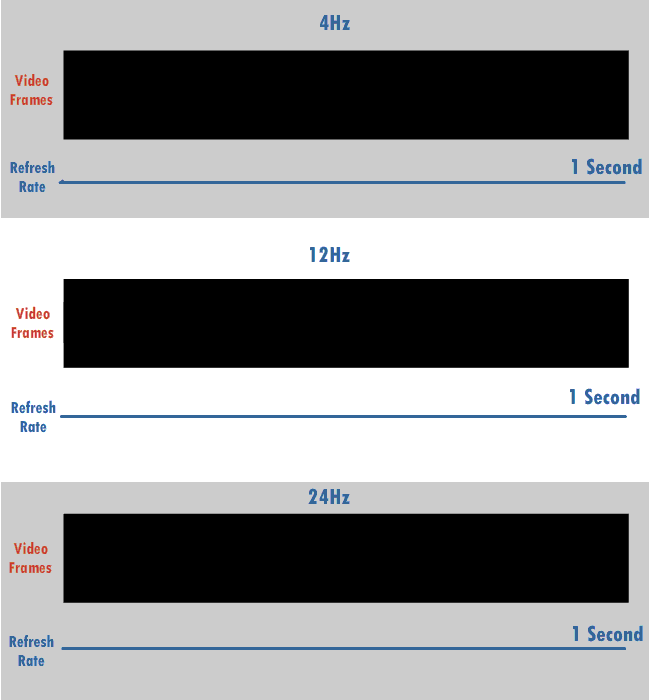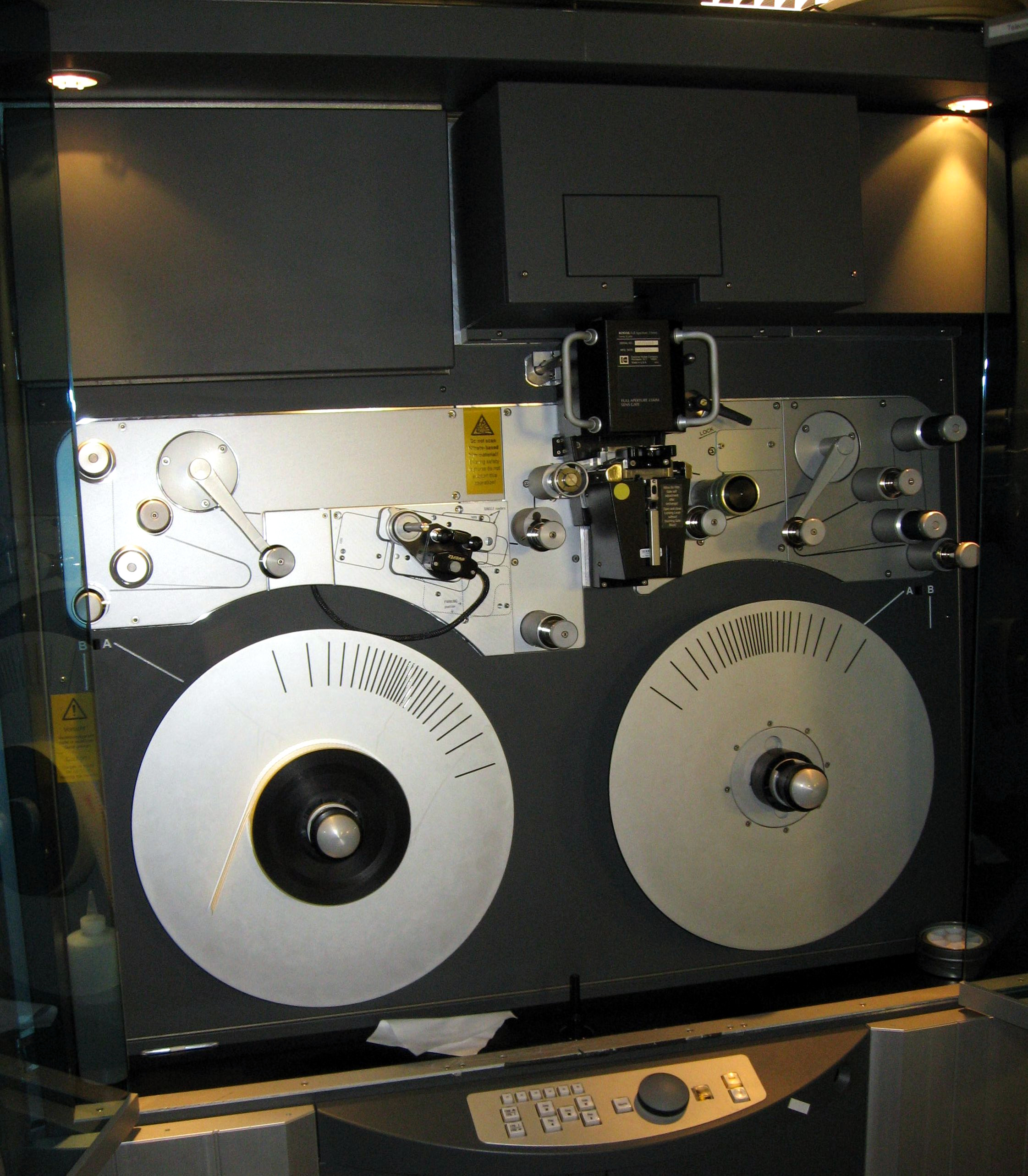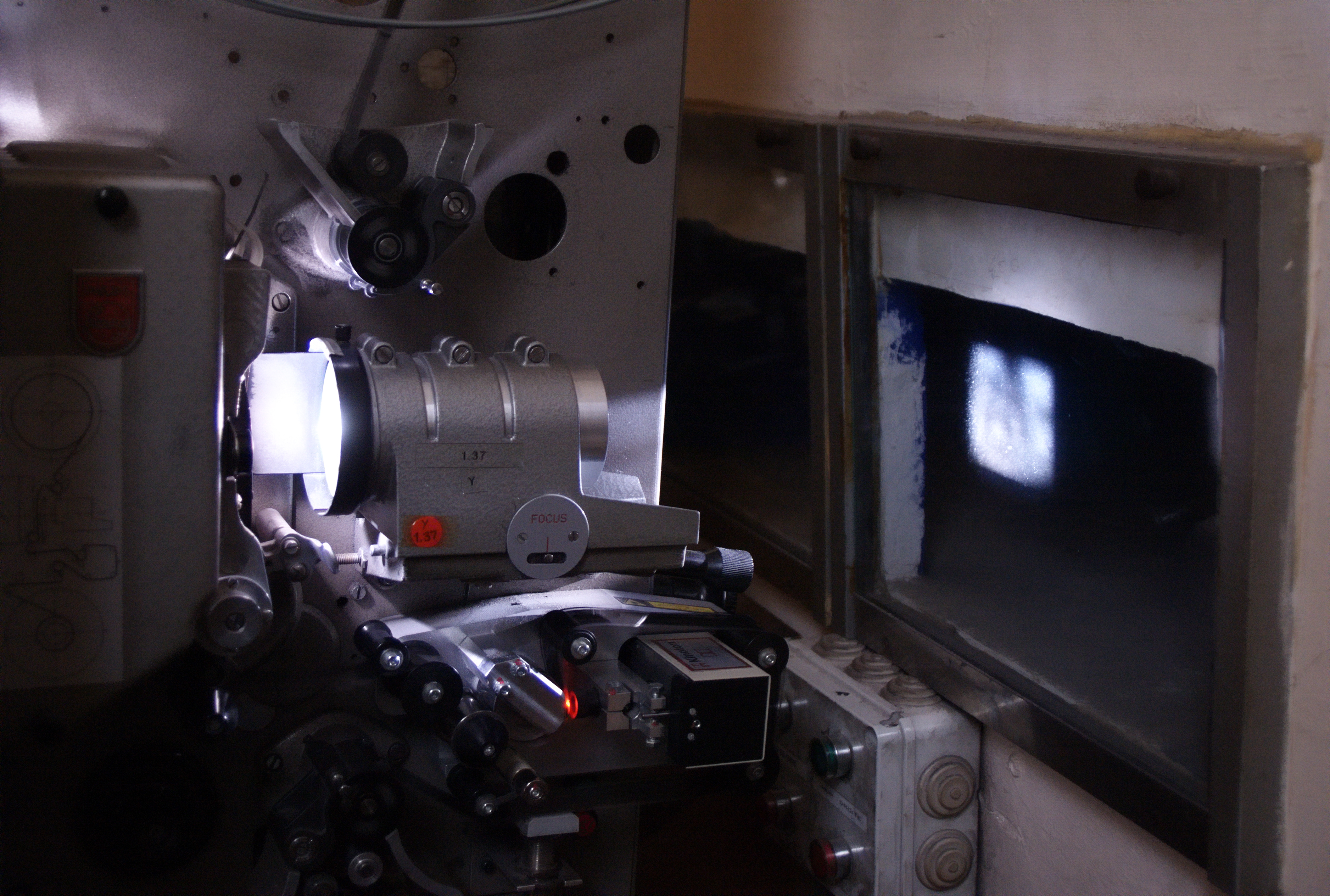|
Flicker-free
Flicker-free is a term given to video displays, primarily cathode ray tubes, operating at a high refresh rate to reduce or eliminate the perception of screen flicker. For televisions, this involves operating at a 100 Hz or 120 Hz hertz field rate to eliminate flicker, compared to standard televisions that operate at 50 Hz (PAL, SÉCAM systems) or 60 Hz (NTSC), most simply done by displaying each field twice, rather than once. For computer displays, this is usually a refresh rate of 70–90 Hz, sometimes 100 Hz or higher. This should not be confused with motion interpolation, though they may be combined – see implementation, below. Televisions operating at these frequencies are often labelled as being 100 or 120 Hz without using the words ''flicker-free'' in the description. Prevalence The term is primarily used for CRTs, especially televisions in 50 Hz countries (PAL or SECAM) and computer monitors from the 1990s and early 2000s – the 50 Hz rate of PAL/SECAM video (compared ... [...More Info...] [...Related Items...] OR: [Wikipedia] [Google] [Baidu] |
Refresh Rate
The refresh rate (or "vertical refresh rate", "vertical scan rate", terminology originating with the cathode ray tubes) is the number of times per second that a raster-based display device displays a new image. This is independent from frame rate, which describes how many images are stored or generated every second by the device driving the display. On cathode ray tube (CRT) displays, higher refresh rates produce less flickering, thereby reducing eye strain. In other technologies such as liquid-crystal displays, the refresh rate affects only how often the image can potentially be updated. Non-raster displays may not have a characteristic refresh rate. Vector displays, for instance, do not trace the entire screen, only the actual lines comprising the displayed image, so refresh speed may differ by the size and complexity of the image data. For computer programs or telemetry, the term is sometimes applied to how frequently a datum is updated with a new external value from a ... [...More Info...] [...Related Items...] OR: [Wikipedia] [Google] [Baidu] |
Motion Interpolation
Motion interpolation or motion-compensated frame interpolation (MCFI) is a form of video processing in which intermediate animation frames are generated between existing ones by means of interpolation, in an attempt to make animation more fluid, to compensate for display motion blur, and for fake slow motion effects. Hardware applications Displays Motion interpolation is a common, optional feature of various modern display devices such as HDTVs and video players, aimed at increasing perceived framerate or alleviating display motion blur, a common problem on LCD flat-panel displays. Difference from display framerate A display's framerate is not always equivalent to that of the content being displayed. In other words, a display capable of or operating at a high framerate does not necessarily mean that it can or must perform motion interpolation. For example, a TV running at 120 Hz and displaying 24 FPS content will simply display each content frame for five of the 120 disp ... [...More Info...] [...Related Items...] OR: [Wikipedia] [Google] [Baidu] |
Video Display
A display device is an output device for presentation of information in visual or tactile form (the latter used for example in tactile electronic displays for blind people). When the input information that is supplied has an electrical signal the display is called an ''electronic display''. Common applications for ''electronic visual displays'' are television sets or computer monitors. Types of electronic displays In use These are the technologies used to create the various displays in use today. * Liquid crystal display (LCD) ** Light-emitting diode (LED) backlit LCD ** Thin-film transistor (TFT) LCD ** Quantum dot (QLED) display * Light-emitting diode (LED) display ** OLED display ** AMOLED display ** Super AMOLED display Segment displays Some displays can show only digits or alphanumeric characters. They are called segment displays, because they are composed of several segments that switch on and off to give appearance of desired glyph. The segments are us ... [...More Info...] [...Related Items...] OR: [Wikipedia] [Google] [Baidu] |
Flicker Fusion Threshold
The flicker fusion threshold, critical flicker frequency (CFF) or flicker fusion rate, is a concept in the psychophysics of vision. It is defined as the frequency at which an intermittent light stimulus appears to be completely steady to the average human observer. A traditional term for flicker fusion is "persistence of vision", but this has also been used to describe positive afterimages or motion blur. Although flicker can be detected for many waveforms representing time-variant fluctuations of intensity, it is conventionally, and most easily, studied in terms of sinusoidal modulation of intensity. There are seven parameters that determine the ability to detect the flicker: # the frequency of the modulation; # the amplitude or depth of the modulation (i.e., what is the maximum percent decrease in the illumination intensity from its peak value); # the average (or maximum—these can be inter-converted if modulation depth is known) illumination intensity; # the wavelength (o ... [...More Info...] [...Related Items...] OR: [Wikipedia] [Google] [Baidu] |
Judder
Telecine ( or ) is the process of transferring film into video and is performed in a color suite. The term is also used to refer to the equipment used in the post-production process. Telecine enables a motion picture, captured originally on film stock, to be viewed with standard video equipment, such as television sets, video cassette recorders (VCR), DVD, Blu-ray Disc or computers. Initially, this allowed television broadcasters to produce programs using film, usually 16mm stock, but transmit them in the same format, and quality, as other forms of television production. Furthermore, telecine allows film producers, television producers and film distributors working in the film industry to release their productions on video and allows producers to use video production equipment to complete their filmmaking projects. Within the film industry, it is also referred to as a TK, because TC is already used to designate timecode. Motion picture film scanners are similar to t ... [...More Info...] [...Related Items...] OR: [Wikipedia] [Google] [Baidu] |
Progressive Scan
Progressive scanning (alternatively referred to as noninterlaced scanning) is a format of displaying, storing, or transmitting moving images in which all the lines of each frame are drawn in sequence. This is in contrast to interlaced video used in traditional analog television systems where only the odd lines, then the even lines of each frame (each image called a video field) are drawn alternately, so that only half the number of actual image frames are used to produce video. The system was originally known as "sequential scanning" when it was used in the Baird 240 line television transmissions from Alexandra Palace, United Kingdom in 1936. It was also used in Baird's experimental transmissions using 30 lines in the 1920s. Burns, R.W. ''John Logie Baird, Television Pioneer'', Herts: The Institution of Electrical Engineers, 2000. 316. Progressive scanning became universally used in computer screens beginning in the early 21st century. Interline twitter This rough animation ... [...More Info...] [...Related Items...] OR: [Wikipedia] [Google] [Baidu] |
Deinterlacing
Deinterlacing is the process of converting interlaced video into a non-interlaced or progressive form. Interlaced video signals are commonly found in analog television, digital television (HDTV) when in the 1080i format, some DVD titles, and a smaller number of Blu-ray discs. An interlaced video frame consists of two fields taken in sequence: the first containing all the odd lines of the image, and the second all the even lines. Analog television employed this technique because it allowed for less transmission bandwidth while keeping a high frame rate for smoother and more life-like motion. A non-interlaced (or progressive scan) signal that uses the same bandwidth only updates the display half as often and was found to create a perceived flicker or stutter. CRT-based displays were able to display interlaced video correctly due to their complete analog nature, blending in the alternating lines seamlessly. However, since the early 2000s, displays such as televisions and computer m ... [...More Info...] [...Related Items...] OR: [Wikipedia] [Google] [Baidu] |
Movie Projector
A movie projector is an opto- mechanical device for displaying motion picture film by projecting it onto a screen. Most of the optical and mechanical elements, except for the illumination and sound devices, are present in movie cameras. Modern movie projectors are specially built video projectors. (see also digital cinema) Many projectors are specific to a particular film gauge and not all movie projectors are film projectors since the use of film is required. Predecessors The main precursor to the movie projector was the magic lantern. In its most common setup it had a concave mirror behind a light source to help direct as much light as possible through a painted glass picture slide and a lens, out of the lantern onto a screen. Simple mechanics to have the painted images moving were probably implemented since Christiaan Huygens introduced the apparatus around 1659. Initially candles and oil lamps were used, but other light sources, such as the argand lamp and limelig ... [...More Info...] [...Related Items...] OR: [Wikipedia] [Google] [Baidu] |
Interlaced Video
Interlaced video (also known as interlaced scan) is a technique for doubling the perceived frame rate of a video display without consuming extra bandwidth. The interlaced signal contains two fields of a video frame captured consecutively. This enhances motion perception to the viewer, and reduces flicker by taking advantage of the phi phenomenon. This effectively doubles the time resolution (also called '' temporal resolution'') as compared to non-interlaced footage (for frame rates equal to field rates). Interlaced signals require a display that is natively capable of showing the individual fields in a sequential order. CRT displays and ALiS plasma displays are made for displaying interlaced signals. Interlaced scan refers to one of two common methods for "painting" a video image on an electronic display screen (the other being progressive scan) by scanning or displaying each line or row of pixels. This technique uses two fields to create a frame. One field contains all o ... [...More Info...] [...Related Items...] OR: [Wikipedia] [Google] [Baidu] |
Video Card
A graphics card (also called a video card, display card, graphics adapter, VGA card/VGA, video adapter, display adapter, or mistakenly GPU) is an expansion card which generates a feed of output images to a display device, such as a computer monitor. Graphics cards are sometimes called discrete or dedicated graphics cards to emphasize their distinction to integrated graphics. A graphics processing unit that performs the necessary computations is the main component of a graphics card, but the acronym "GPU" is sometimes also used to refer to the graphics card as a whole. Most graphics cards are not limited to simple display output. The graphics processing unit can be used for additional processing, which reduces the load from the central processing unit. Additionally, computing platforms such as OpenCL and CUDA allow using graphics cards for general-purpose computing. Applications of general-purpose computing on graphics cards include AI training, cryptocurrency mining, and ... [...More Info...] [...Related Items...] OR: [Wikipedia] [Google] [Baidu] |






